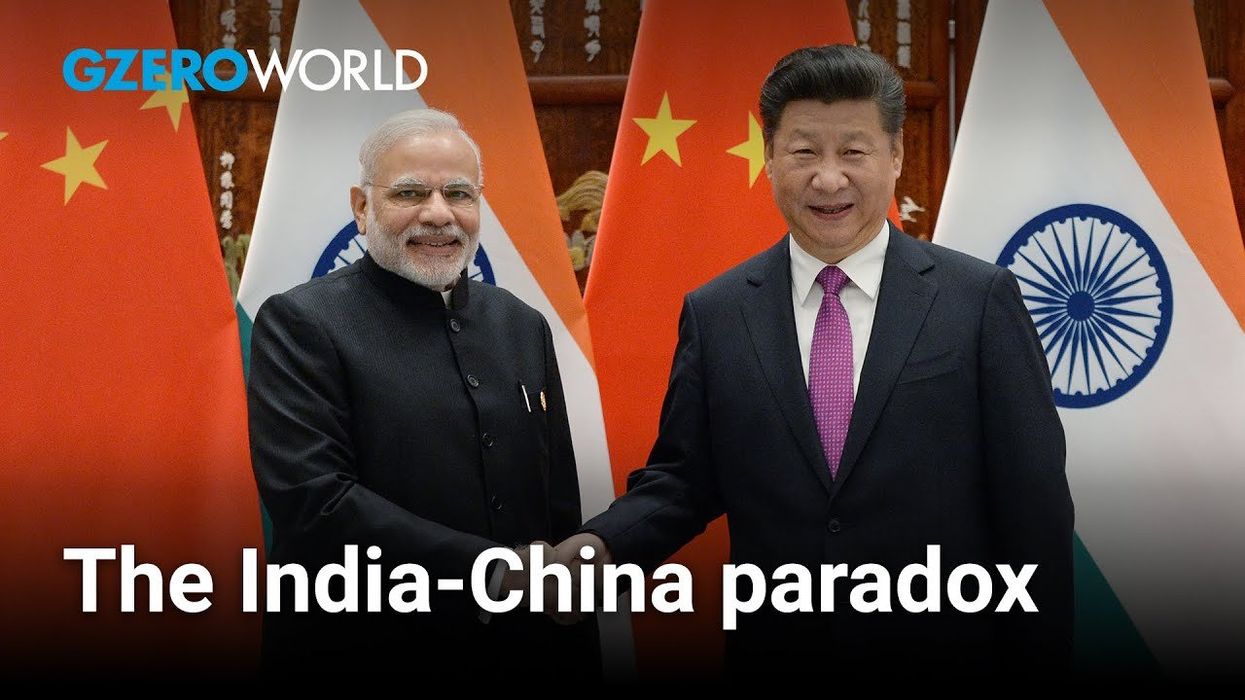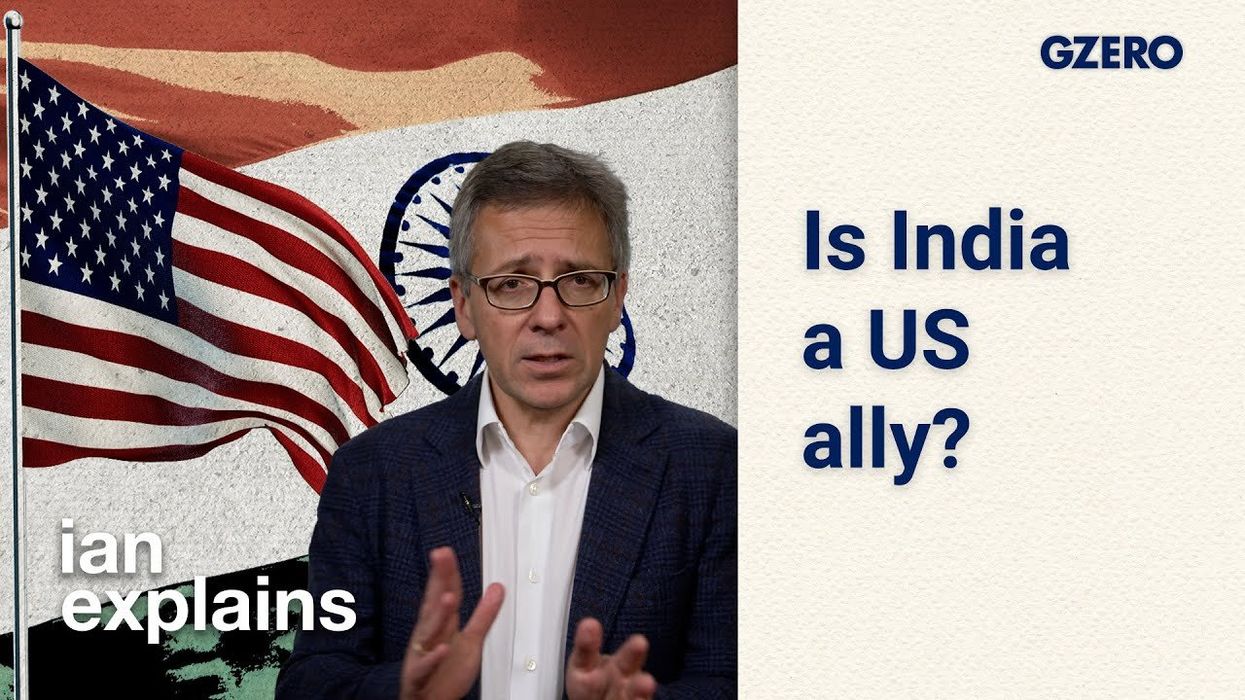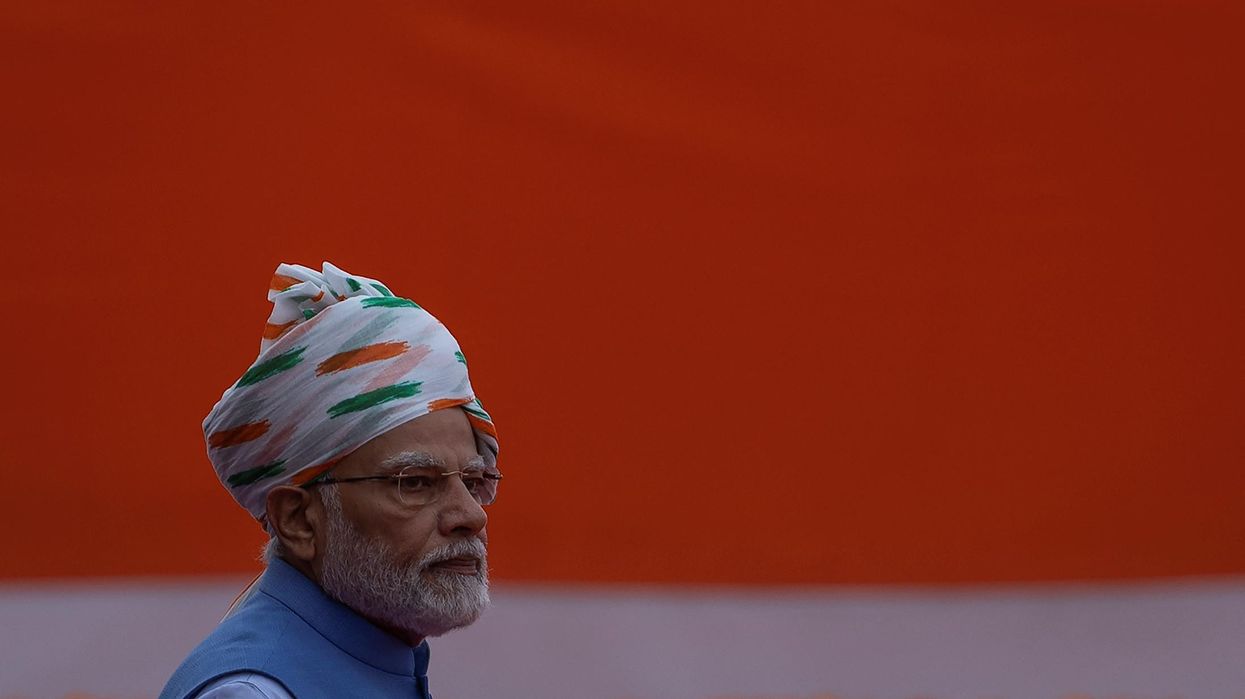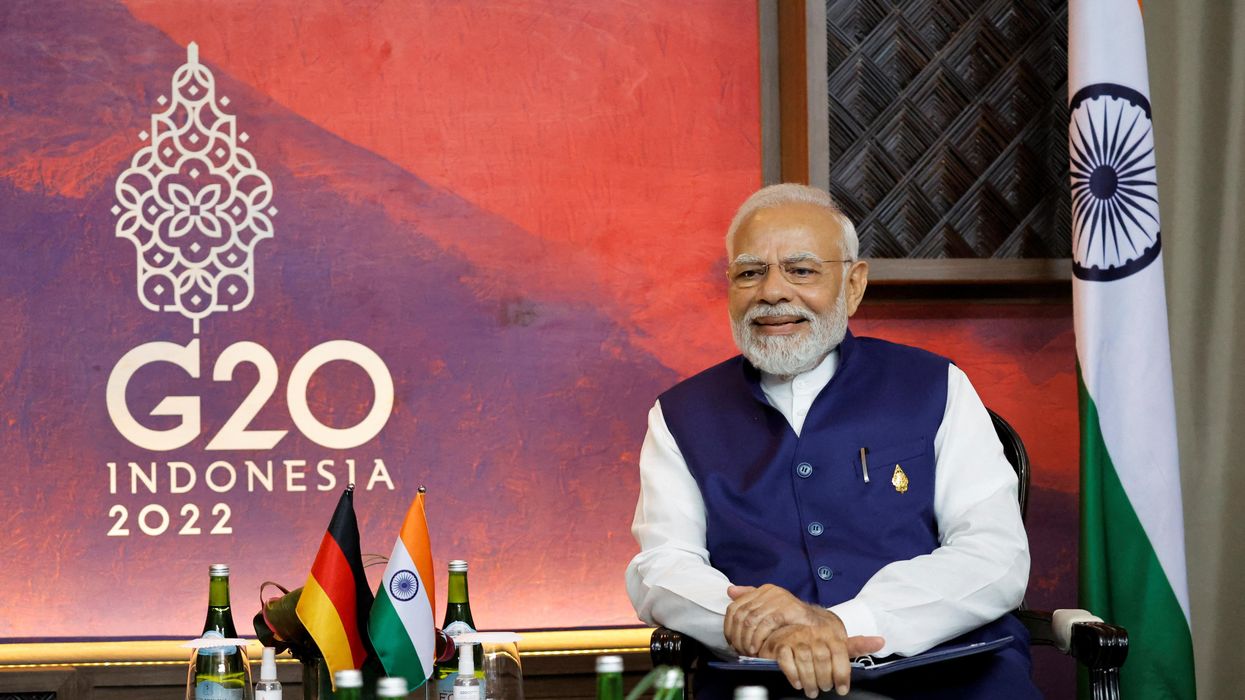GZERO World Clips
Unpacking the India-China relationship: A dangerous stalemate
China is India’s largest neighbor and second-largest trading partner. At the same time, China is India’s primary external rival, and relations between the two countries have grown more tense amid violent clashes on the Himalayan border. On GZERO World, Ian Bremmer discusses the precarious India-China relationship with Samir Saran.
Nov 01, 2023





